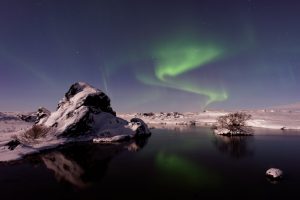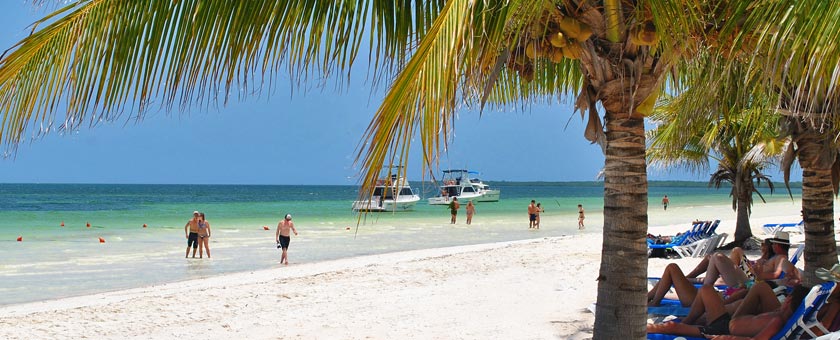203 786 2345 office@eturia.com
Cuba is the largest Caribbean island nation, brimming with vibrant art, soul-stirring music and villages cloaked in colonial charm and a population as warm and scintillating as its tropical climate and colorful arts. Also Cuba is home to nine UNESCO World Heritage Sites. The amazing spirit of Cuba exalts everywhere: in its landscapes, in its cities and museums, in its exuberant vegetation and certainly in the charming attitude of his people.
Name: Republic of Cuba
Capital: Havana
Location: Caribbean, island between the Caribbean Sea and the North Atlantic Ocean, 150 km south of Key West, Florida
Main towns: Santiago de Cuba, Camaguey, Holguin, Guantánamo, Santa Clara, Las Tunas, Bayamo, Cienfuegos, Pinar del Río
Currency: Peso – CUP / Convertible peso – CUC
Timezone: UTC-5 / UTC-4
Tipping: Tip is commonplace in Cuba. Your tip will be very welcome, and is expected. It’s a good idea to have a few 1 CUC notes on hand when staying in a hotel. When your bags are carried to your room, a 1 CUC tip is acceptable, it’s more appropriate to leave 1 CUC for the maid, each day – just leave it in the room and the maid will know it’s for them. In the most larger hotels and resorts for extra helpful service, 1 CUC will be much appreciated.
Voltage: Network parameters: 110 V / 220 V, 60 Hz; A, B, C, L socket is used, you need adapters.
In Cuba you can feel the true spirit of Latin America, because here people still know how to sing, dance, enjoy life and make you live the way you once did, without the stress of tomorrow, but just with the pleasure of today. In Cuba, communism tends to become a cultural cliché, promoted by the capitalists. Fidel Castro’s bohemian image, Che Guevara’s face on t-shirts and all souvenirs in general, or the red star, make you want to discover an exotic world where these emblems are still of an amazing charm.
Must see:
The weather is tropical; moderated by trade winds; dry season (November to April); rainy season (May to October). Cuba is a destination that can certainly be addressed during the dry season, can be visited in the wet season, rainfall is of short duration, but the end of August, September and October are often crossed by storms that lasts two to three days . Ideal period to visit Cuba in November to the end of May – the drought, air temperature is moderate Alizee and breezes. The biggest influx of tourists is on Christmas and Easter periods and in July and August.
 UNESCO World Heritage Site, Habana Vieja is ideal for a walk on foot to enjoy the colonial buildings, the perpetual holiday feeling, tropical landscapes, and street corner shops. When you get tired, climb into a convertible and cross Malecon, winding your hair, staring in the old baroque or neoclassical buildings as if being part of a romantic movie.
UNESCO World Heritage Site, Habana Vieja is ideal for a walk on foot to enjoy the colonial buildings, the perpetual holiday feeling, tropical landscapes, and street corner shops. When you get tired, climb into a convertible and cross Malecon, winding your hair, staring in the old baroque or neoclassical buildings as if being part of a romantic movie.
 Che Guevara Mausoleum is a monument situated in Santa Clara, Cuba and shelters the remains of Revolutionary Marxist Ernesto “Che” Guevara along with 29 other combatants executed in 1967 when Guevara tried to ignite a revolution in Bolivia. The complex is guarded by a bronze statue of 6.7 meters.
Che Guevara Mausoleum is a monument situated in Santa Clara, Cuba and shelters the remains of Revolutionary Marxist Ernesto “Che” Guevara along with 29 other combatants executed in 1967 when Guevara tried to ignite a revolution in Bolivia. The complex is guarded by a bronze statue of 6.7 meters.
 The city of Trinidad founded in 1514 by Diego Velasquez de Cuellar is located in the Sancti Spiritus Province in central Cuba. Together with the surrounding area, Valle de los Ingenios was included in the UNESCO Heritage List in 1988. Trinidad, the center of the tobacco industry, preserves the colonial appearance with specific buildings in pastel colors that flank cobbled streets, squares and beautiful colonial palaces.
The city of Trinidad founded in 1514 by Diego Velasquez de Cuellar is located in the Sancti Spiritus Province in central Cuba. Together with the surrounding area, Valle de los Ingenios was included in the UNESCO Heritage List in 1988. Trinidad, the center of the tobacco industry, preserves the colonial appearance with specific buildings in pastel colors that flank cobbled streets, squares and beautiful colonial palaces.
 Cayo Coco has a surface of 370 km² and it is the largest of the group of islands of the archipelago, declared by UNESCO Biosphere Reserve. It is linked to the shore by a pedraplen (a pebbled road built on a dyke-like structure) that facilitates connection with the other islands. Cayo Coco is the island where the action of E. Hemingway’s famous novel “The Old Man and the Sea” takes place.
Cayo Coco has a surface of 370 km² and it is the largest of the group of islands of the archipelago, declared by UNESCO Biosphere Reserve. It is linked to the shore by a pedraplen (a pebbled road built on a dyke-like structure) that facilitates connection with the other islands. Cayo Coco is the island where the action of E. Hemingway’s famous novel “The Old Man and the Sea” takes place.
 About 140 km east of Havana, in the Hicacos Peninsula of Matanzas Province, Varadero is one of the most famous tourist destinations in the world. Also called Playa Azul, Varadero debuted as a tourist resort since 1887 when the first holiday homes were built. Avenida Primera – the central boulevard, still retains old wooden houses with red roofs. Tropical vegetation, coral reefs, the sun, sandy beaches, night clubs and casinos are a permanent attraction.
About 140 km east of Havana, in the Hicacos Peninsula of Matanzas Province, Varadero is one of the most famous tourist destinations in the world. Also called Playa Azul, Varadero debuted as a tourist resort since 1887 when the first holiday homes were built. Avenida Primera – the central boulevard, still retains old wooden houses with red roofs. Tropical vegetation, coral reefs, the sun, sandy beaches, night clubs and casinos are a permanent attraction.